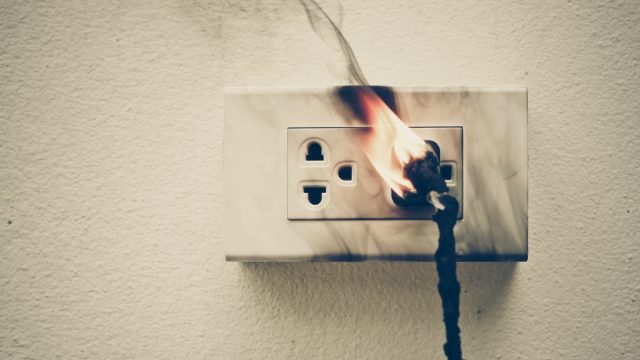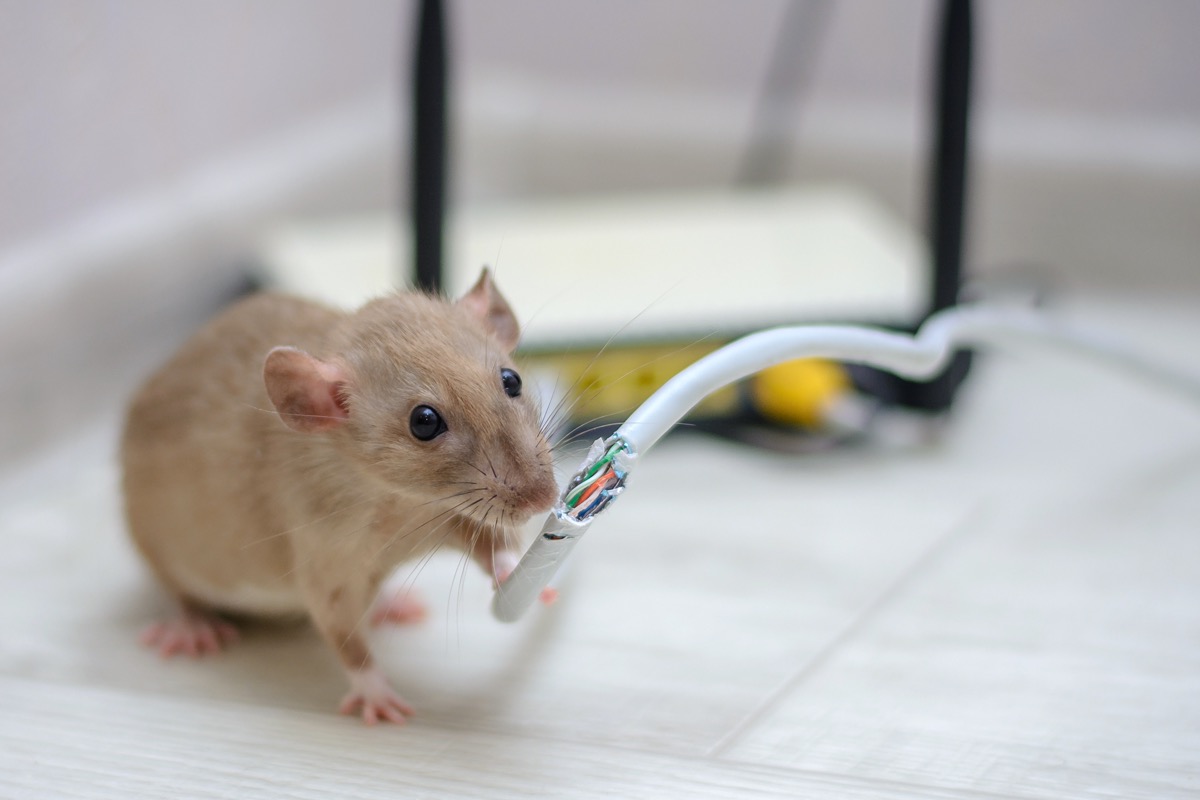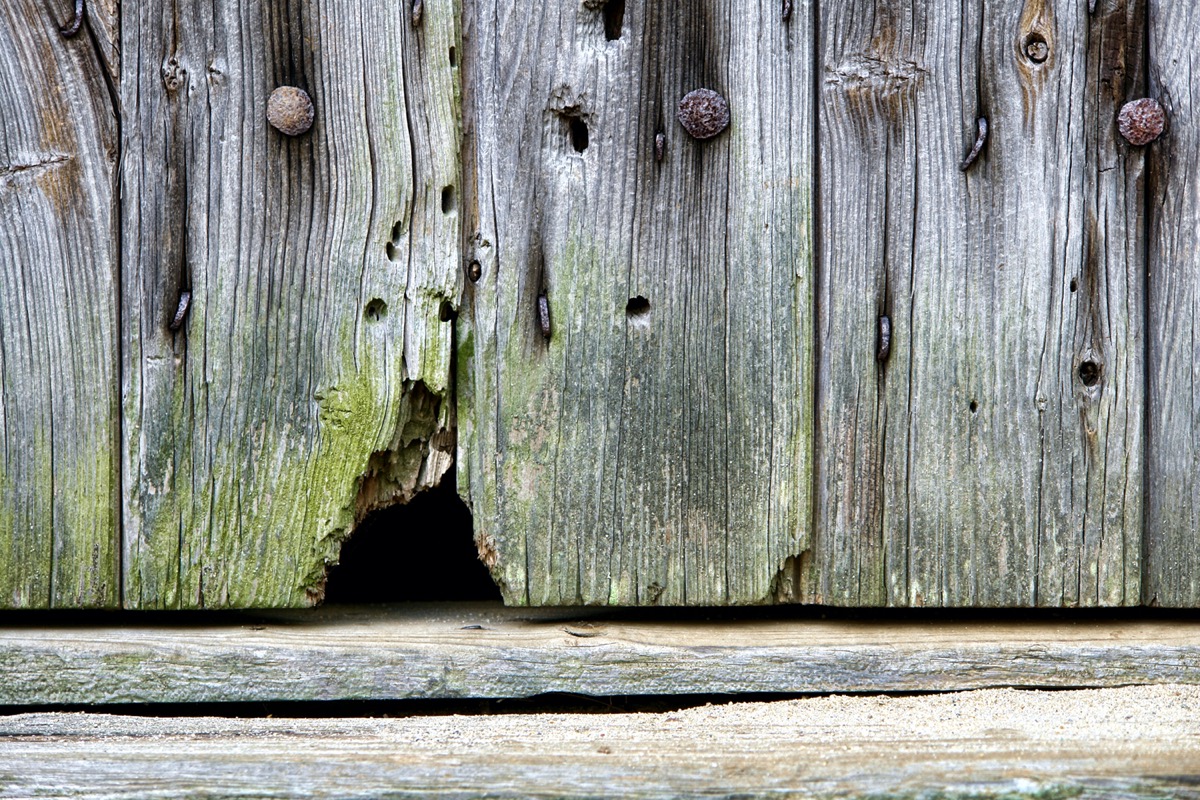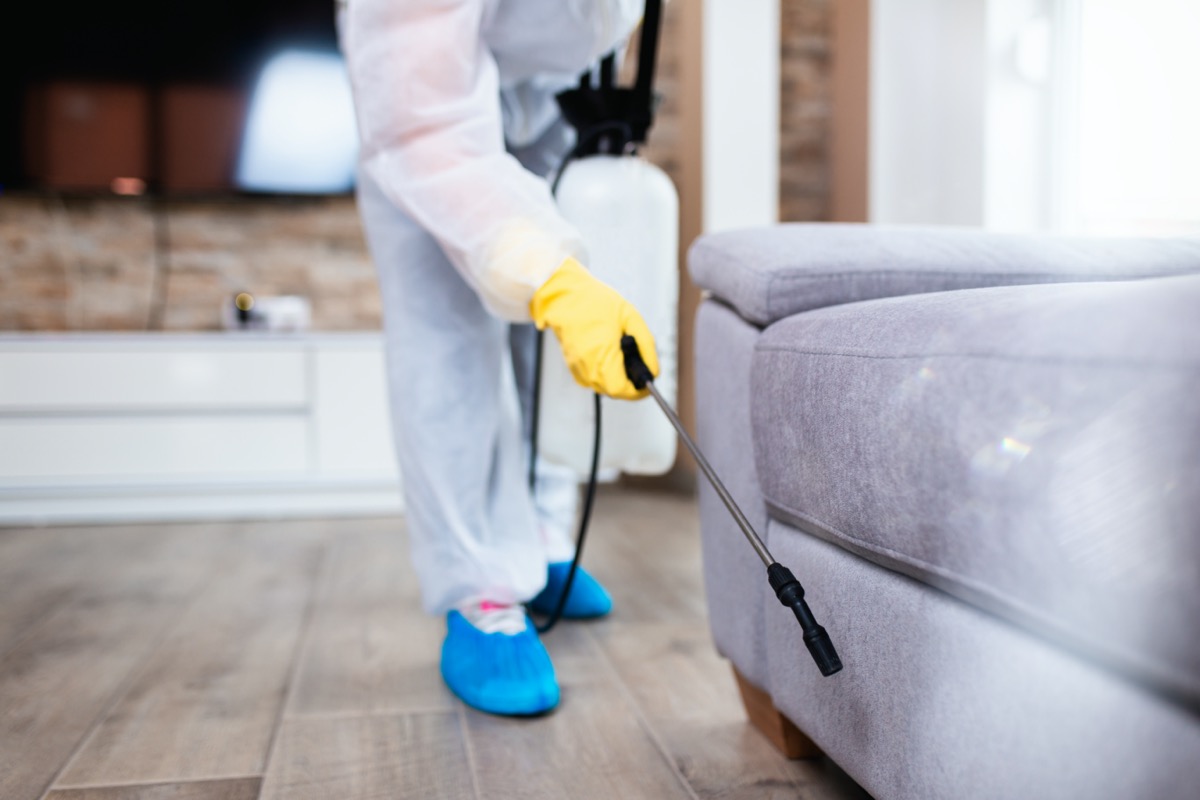This Pest Could Cause a Fire in Your Home, Experts Say

House fires cause an average of 2,620 civilian deaths and $6.9 billion in property damage in the United States alone each year, according to the National Fire Protection Agency (NFPA). While having smoke detectors installed throughout your home and replacing their batteries frequently, keeping fire extinguishers handy, and not smoking indoors can all limit your risk of a house fire, there’s a surprising, yet essential step you should be taking to protect your home: investigating for signs of mice.
According to a 2012 report from Pest World, rodent damage is thought to be responsible for up to 25 percent of fires in which the cause is otherwise undetermined. Unfortunately, mice are notorious for causing damage to electrical wiring, which can spark a fire if not remedied quickly.
“Wires offer the perfect material for mice to grind their teeth against. This enables the mice to control the growth of their sharp teeth,” explains Sam Choan, founder of natural pest consulting company Organic Lesson.

However, that’s not the only reason mice are drawn to your home’s inner workings.
“Rodents love to gnaw on electrical wires because the insulation is typically soy-based plastic that they can consume,” says Zachary Smith, president of Smith’s Pest Management.
Unfortunately, even if those pests aren’t actively chewing through your wires, their very presence in your home can present a mortal safety issue.
“Rodents prefer to build nests in tight spaces and sometimes they will build a nest inside an electrical panel, which can cause a short circuit and start a fire with the nesting material as well,” explains Smith. Even if your home hasn’t had problems with rodents in the past, wintertime can send pests scrambling to find a place to ride out the cold weather, meaning they show up without warning.
In the absence of electrical issues, rodent infestations can still cause serious damage that’s both costly and difficult to repair, as well.
Nancy Troyano, PhD, a board certified entomologist and director of operations education with Ehrlich Pest Control, explains that mice and rats have sharp enough teeth to chew through sheetrock, wood, asphalt, copper, and lead.
“Gnawing on these types of items can lead to disastrous results such as fires, explosions, indoor flooding, and high-tech equipment malfunctions,” explains Troyano.
If you want to reduce your risk of rodent damage to your home, there are a few simple tricks to do so. And for more ways to avoid a costly household repair, check out these 50 Ways You’re Damaging Your Home and Don’t Even Know It.
1
Look for signs of rodents.

Even if you haven’t seen any rodents in the flesh inside your home, there are numerous signs that can alert you to their presence. According to the experts at Mr. Electric, rodent skeletons, droppings, pieces of loose insulation, damaged walls, or unexpected noises in your home can all be signs of a pest problem. And for more uninvited guests to watch out for, This Is the Most Dangerous Household Pest, Experts Say.
2
Fill in gaps.

Even if there aren’t obvious entry points into your home, make no mistake: rodents can still get in. “Mice can enter openings of a quarter inch while rats and squirrels need approximately one half inch in order to gain access. Due to a rodent’s bone structure, if the head will fit into the opening, they can pull the body through,” explains associate certified entomologist Mike Duncan, national technical manager at Nolan Pest Control.
If you want to keep those pests out, caulk around windows, door frames, and baseboards; address any gaps in your siding; replace or repair any rotten woodwork; and fill existing entry points with steel wool until you find a permanent fix.
3
Set out traps.

If you want to keep rodent infestations at bay, you will have to physically remove any existing pests from your home, unpleasant as the thought may be. Duncan explains that mice and rats are best lured using mechanical, glue, or bait traps, while squirrels present additional challenges.
“Squirrels need to be trapped using a live trap and be monitored daily. When captured, they need to be released away from the structure,” Duncan explains. And for more great household tips delivered to your inbox, sign up for our daily newsletter.
4
Call in a professional.

If your solo efforts aren’t yielding the results you want, it’s time to call in a professional. “A professional inspection will be able to identify openings and make recommendations for exclusion techniques and trapping,” explains Nolan. And if you want to keep your space safe, make sure you know The Biggest Danger in Your Garage, According to Experts.